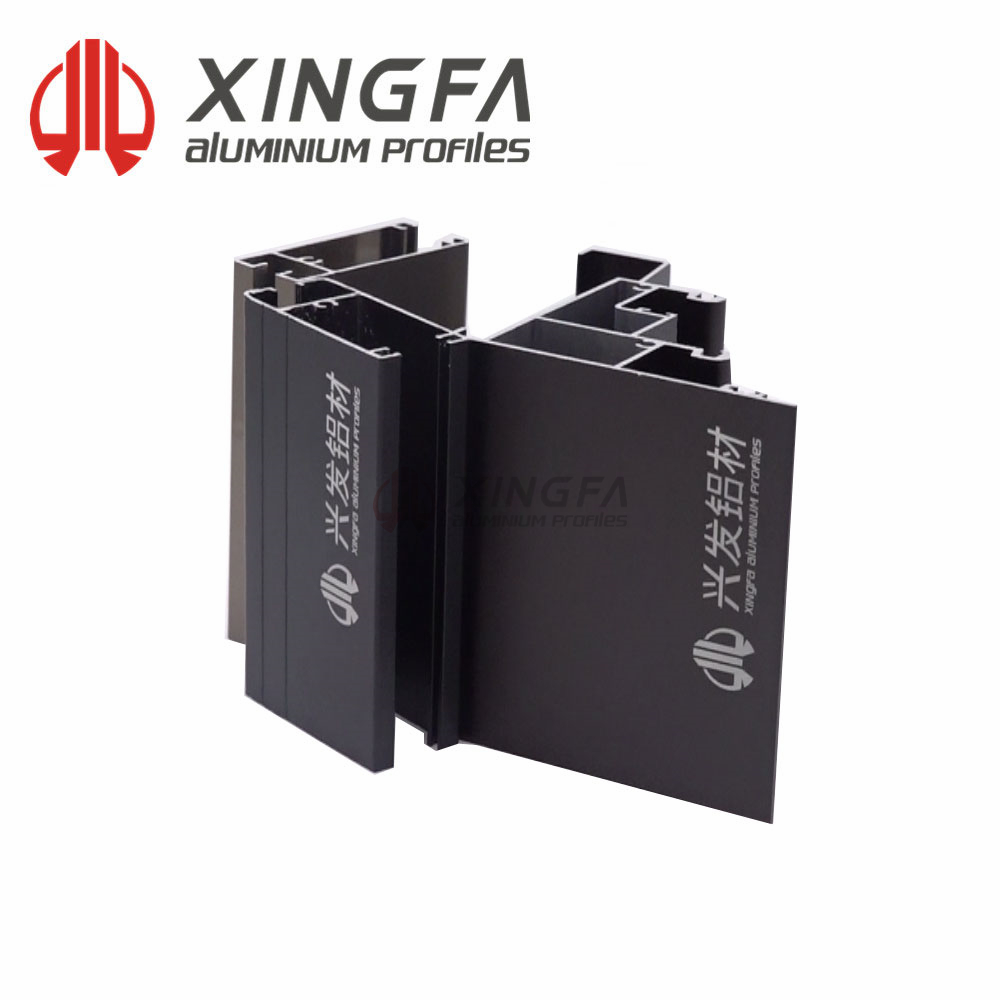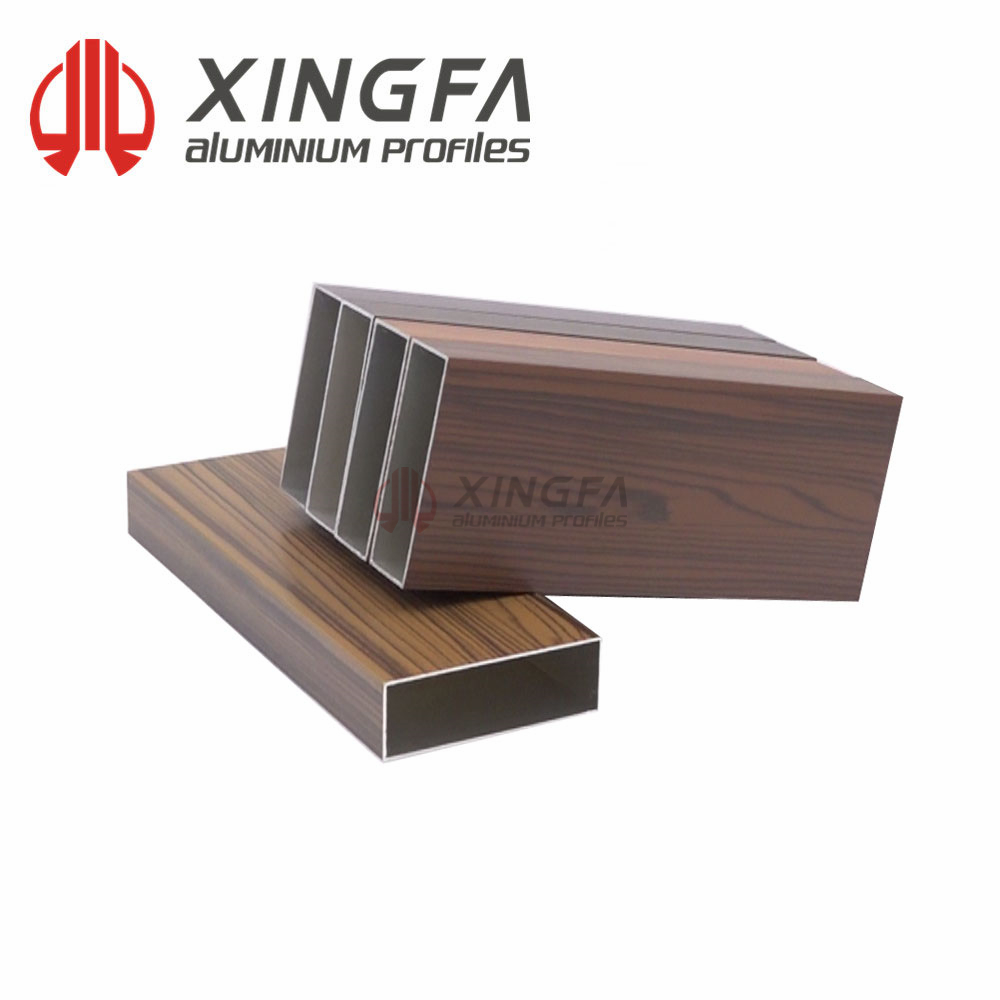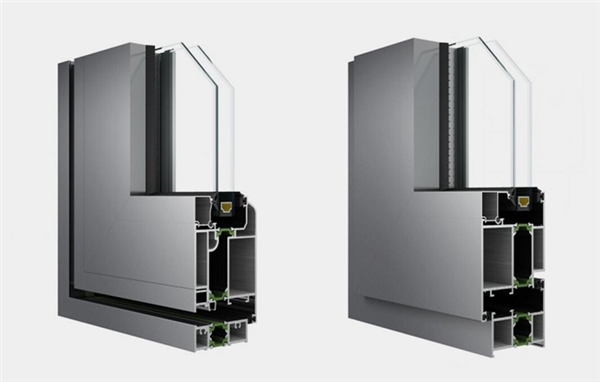Aluminium profiles have become widely used in the modern building, industrial, and design industries. From streamlined architectural constructions to efficient mechanical frameworks, these adaptable components play an important role in a variety of applications. But what exactly are aluminium profiles, and why are they so widely used? In this article, we explore more about aluminium profiles.
Understanding Aluminium Profiles
Aluminium profiles, also known as aluminium extrusions, are formed by pushing heated aluminium billets through a shaped opening in a die. This method results in lengthy, homogeneous structures with cross-sectional characteristics that range from basic angles and channels to sophisticated geometries. These profiles can be further machined, cut, or assembled according to specific requirements.


Properties of Aluminium Profiles
Aluminium profiles exhibit several properties that make them desirable for various applications:
Lightweight: The lightweight nature of aluminium profiles is one of their most prominent features. Aluminium is approximately one-third the density of steel, which significantly reduces the overall weight of structures and components without compromising strength. This feature makes aluminium profiles particularly useful in applications requiring weight reduction, such as aerospace, automotive, and transportation sectors.
Corrosion Resistance: Aluminium naturally forms a thin oxide layer on its surface when exposed to oxygen, providing inherent corrosion resistance. This oxide layer serves as a barrier, shielding the underlying aluminium from environmental elements including moisture, humidity, and harsh chemicals. This exceptional corrosion resistance extends the lifespan of structures and components, reducing maintenance requirements and lifecycle costs.
Strength-to-Weight Ratio: Despite its lightweight nature, aluminium exhibits an impressive strength-to-weight ratio. This implies that aluminium profiles are extremely strong and structurally sound for their weight. As a result, aluminium profiles can withstand heavy loads and structural stresses while maintaining their lightweight characteristics.
Machinability: Aluminium profiles are extremely machinable, allowing for simple manufacture and customisation to match particular design specifications. Whether it’s cutting, drilling, milling, or welding, aluminium profiles can be easily machined using conventional tools and techniques. Additionally, the ease of machining reduces production lead times and enhances manufacturing efficiency.
Thermal Conductivity: Aluminium is an excellent conductor of heat, with thermal conductivity approximately three times higher than steel. This feature makes aluminium profiles excellent for applications that need effective heat transmission and dissipation, such as heat sinks, electronic enclosures, and thermal management systems. By dissipating heat effectively, aluminium profiles help maintain optimal operating temperatures for electronic components, machinery, and industrial processes, thereby improving performance and reliability.
Recyclability: Aluminium is a fully recyclable material, meaning it can be melted down and reprocessed without losing its inherent properties or quality. Aluminium profiles are an environmentally beneficial alternative due to their recyclability, which reduces the need for virgin materials and reduces waste output. Furthermore, recycling aluminium requires significantly less energy compared to primary production, further lowering its environmental footprint.


Applications of Aluminium Profiles
The versatility of aluminium profiles lends itself to a wide array of applications, including but not limited to:
Architectural Structures: Aluminum profiles are widely used in the building industry for framing windows, doors, curtain walls, and façades due to their strength, durability, and aesthetic appeal.
Industrial Machinery: Aluminium profiles are used in manufacturing and industrial environments to support machinery, conveyors, workstations, and assembly lines, providing structural support as well as design freedom.
Transportation: Aluminium profiles, used in car frames and aviation constructions, help to provide lightweight, fuel-efficient transportation solutions while retaining structural integrity and safety.
Electronics: Aluminium profiles are used in electronic enclosures, heat sinks, and mounting systems to efficiently disperse heat and protect delicate components.
Furniture and Interior Design: Sleek and modern, aluminium profiles find their way into furniture design, shelving systems, partitions, and interior fixtures, offering a blend of style and functionality.
Renewable Energy: In the renewable energy sector, aluminium profiles are used in the construction of solar panel frames, wind turbine components, and mounting systems, leveraging their lightweight and corrosion-resistant properties.


Conclusion
Aluminium profiles have revolutionized numerous industries with their versatility, durability, and sustainability. If you are looking for a reliable aluminium profile supplier, XINGFA is ideal for you. We are devoted to offering various aluminium profiles to fit different applications. Visit our site today to learn more about what we offer.

